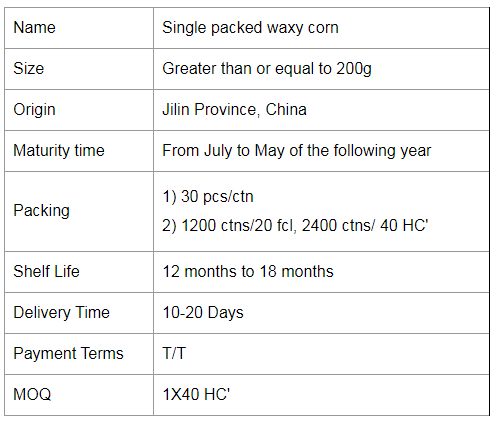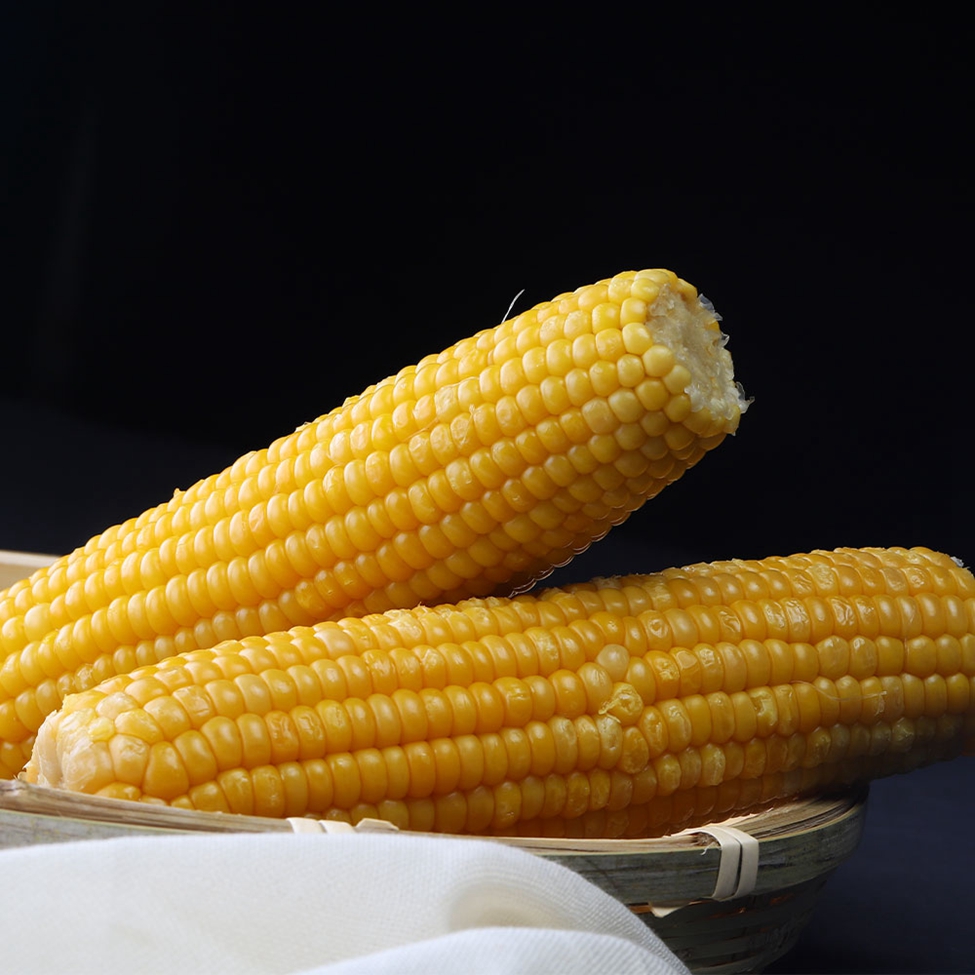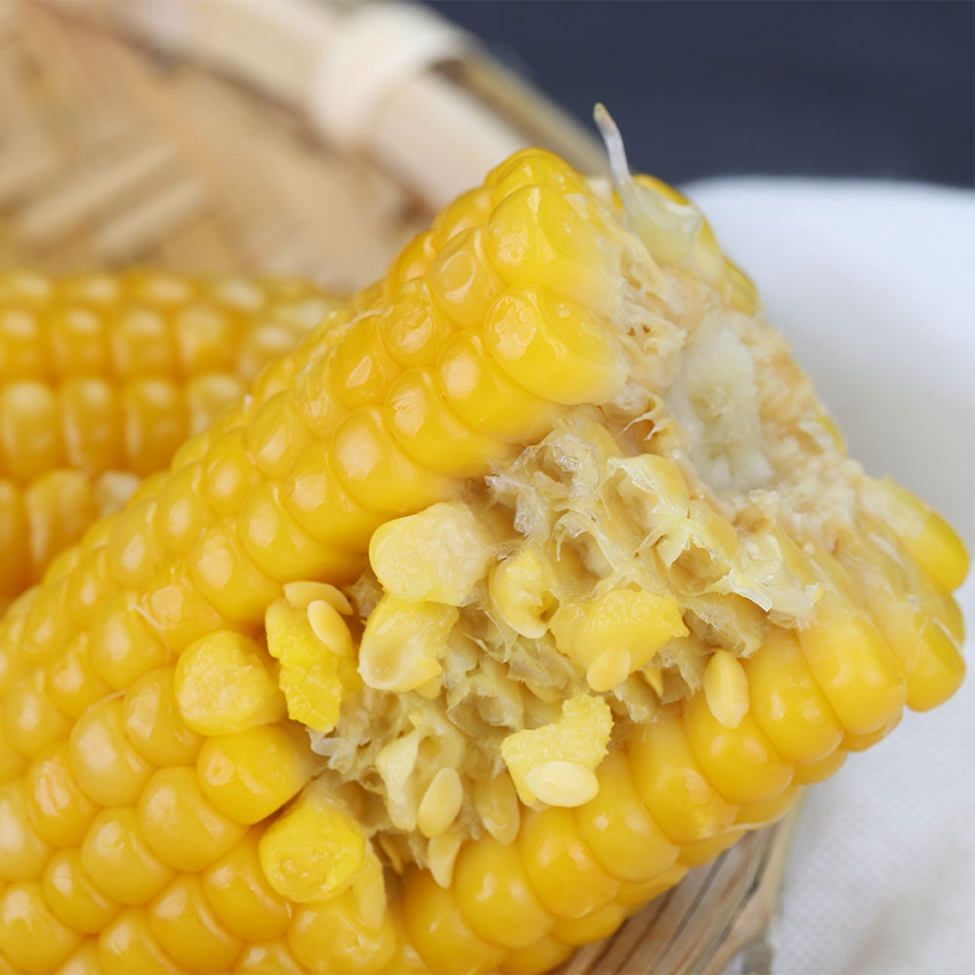Summer turtle breeding precautions
July-August is the breeding season for Chinese sturgeon, and a large number of juveniles will hatch. First, we must promptly do a good job of incubation and collection. Second, we must strengthen the intensive cultivation and disease prevention measures. Before entering the pool, the juvenile must be disinfected with potassium permanganate and salt to prevent infection. Actively promote the raising of households for self-breeding and self-cultivation. If foreign countries purchase quail eggs or larvae, they should strengthen inspection and quarantine, and conduct strict disinfection to prevent the introduction of pathogens. The turtles in the greenhouse are required to pay attention to ventilation and ventilation due to the high indoor air temperature, and to strengthen the adjustment of water quality and rational feed feeding. When moving from the greenhouse to the outer pond for breeding, it should be noted that the temperature difference should not be too large, and it is best to choose the cool and cool weather in the morning when moving, and to minimize the damage and mutual bite when operating, so as to avoid the disease after entering the pool. Do a good job of preventing diseases. The diseases that are prone to occur in turtles in July and August are mainly carrion, perforation, white floor disease, mumps, and acne, and precautions should be taken actively: (1) The greenhouse raising pond should pay attention to the improvement of water quality, regular disinfection, timely changing of water, adding em primordium or immune polysaccharides to the feed to enhance the disease resistance of the carcass; (2) Quality of good seeds. Farmed turtles are required to purchase a healthy, disease-free species. Drugs must be strictly disinfected before being put into the pool; (3) regular water quality regulation and water disinfection. Normally use chlorine dioxide, bromochlorohydantoin, EM and other environmental protection drugs to alternately disinfect every 20-25 days; (4) Regularly add vitamin c, allicin, and immune polysaccharides to the feed to increase the body's immunity. Single Packed Yellow Waxy Corn Cob
For the most common waxy and sweet corn on the market, waxy corn has a higher nutrient content than regular corn, containing 70-75% starch (and almost all straight-chain starch), more than 10% protein, 4-5% fat and 2% multivitamins, with more grains, VA, VB1 and VB2 in protein than rice, with the highest fat and VB2 content. Yellow maize also contains carotenoids, such as rice and wheat. The molecular weight of waxy maize starch is more than 10 times smaller than that of ordinary maize, and the starch makes glutinous rice sticky and soft, softer than ordinary hard maize. It is more than 20% more digestible to eat than regular maize and it is suitable for people with less than perfect teeth. At the same time, it is not suitable for diabetics because of the very high content of straight-chain starch (a polysaccharide).
Waxy maize is also known as sticky maize. The grain has coarse, waxy endosperm, similar to shiny, glassy (clear) grains such as hard and dent maize. Its chemical and physical characteristics are controlled by a recessive gene, which is located on chromosome 9. 100% of the starch in the endosperm is straight-chain starch.
If you have any further questions about our products, please do not hesitate to contact us. Waxy Corn Cob,Yellow Glutinous Corn,Yellow Waxy Corn Cob,Single Packed Yellow Waxy Corn Cob Jilin Province Argricultural Sister-in-law Food Co., Ltd. , https://www.nongsaocorns.com

